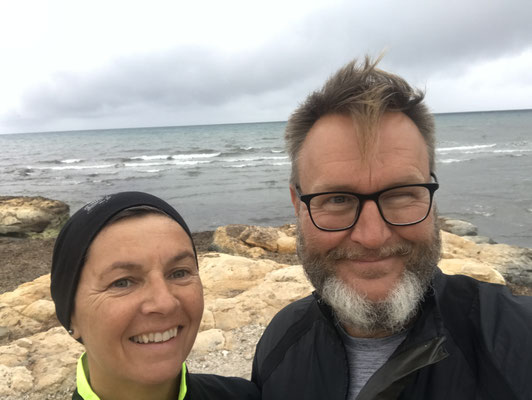
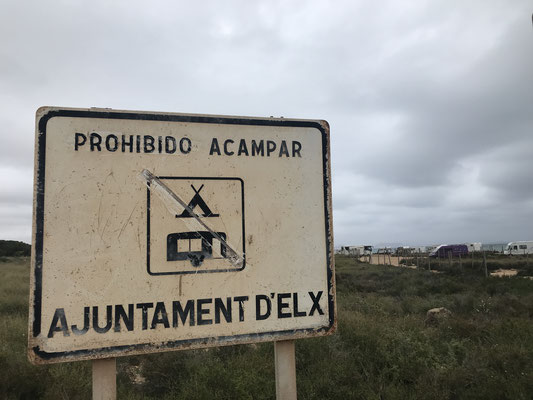
After spending two wonderful days in Orihuela Costa, we set off again yesterday afternoon. - We looked for and found a small, tranquil spot for the night just north of Santa Pola. - 38°12'25.7″N 0°30'31.6″W - Here we are right by the sea. Behind and above, on a cliff, stands the Santa Pola lighthouse - Faro De Santa Pola. We have now arrived on the Costa Blanca and the province of Alicante. A starry night awaits us.
When we wake up, the sky is overcast. There is a reef between the pebble beach and the sea. As it's quite shallow, there's certainly no point in swimming. - So we decide to follow our resolutions and go for a little jog instead. We walk along the coast for a while. There are already two campers in the next parking lot, four in the one after that and around twenty campers in the one after that. - Birds of a feather flock together? - We are always grateful that many campers seem to enjoy cuddling and exhibit a certain pack behavior. Especially that they often stand in places where camping is prohibited. So even on this densely populated coast, there is always an empty spot left for us without any nasty signs.
Suddenly we spot a Concorde motorhome between the campers, with license plates from the Hochsauerland district. - Shortly afterwards, we greet Volker, Thomas and their dog Lola, whom we met a few weeks ago, about 650 kilometers south-west in Bolonia, near Tarifa. The road may be long, but the world remains small.
On the way back, we stumble across pine processionary moths for the second time in three days, but more on that below*.
Back at Hector's it starts to rain. So we decide to move on. We drive through Alicante and realize that this is the best thing you can do with this city. This city certainly has its beautiful sides, but we are looking for peace and quiet at the moment. And Alicante, with its more than 330,000 inhabitants plus lots of tourists, is known more for its vibrant nightlife than its tranquillity.
We find this again below the old fortress, Torre Del Charco in La Vila Joiosa. - 38°29'23.3″N 0°16'54.6″W - Once again, we are all alone on the beach, listening to the sound of the sea. The Xarco tower rises above us on a small, approx. 15 meter high rocky outcrop.
Our mobile network here is also a bit tighter. It was pretty spotty yesterday. - So we can maintain our blog a little again.
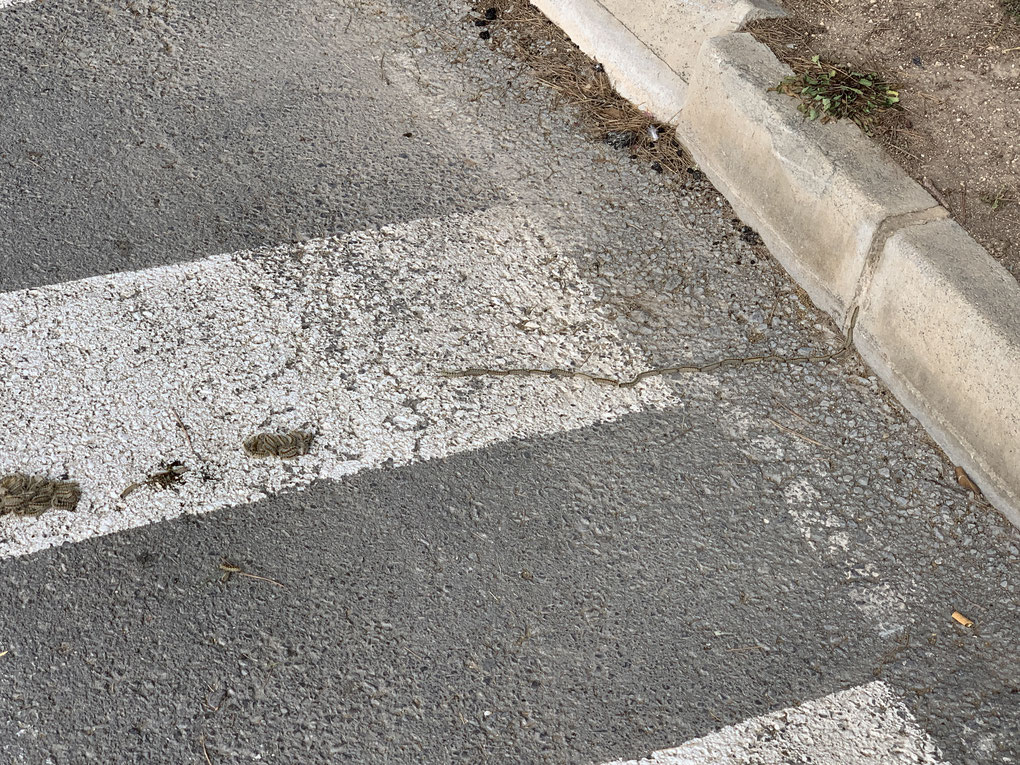
Now that we have come across the pine processionary moth for the second time in three days, I would like to write a few lines about it. I photographed the caterpillar procession shown in the photo the day before yesterday in Orihuela Costa. - The caterpillars actually look quite cute, especially because they walk in such a well-behaved line. But that's the way it is with the word. Although the species occurs mainly in the Mediterranean region, the animals are now reportedly even found in Germany. The caterpillar processions typical of the subfamily consist of relatively few individuals in this species.
But are they cute? A very clear no - because, as with other processionary spiders, these caterpillars have nettle-like stinging hairs that can cause caterpillar dermatitis. Each individual caterpillar is covered with up to 600,000 whitish stinging hairs. And the caterpillar is rarely seen individually. These hairs can cause an unpleasant allergic reaction. These hairs contain the protein thaumetopoein, which is responsible for the irritant effect on contact. It is said that the animals are able to shoot their stinging hairs, which have barbs, when threatened. When the wind blows, the hairs can be spread over a large area. The venom of these stinging hairs is said to be effective for up to a year.
People probably react depending on the number of hairs on their skin. The descriptions range from skin irritation, symptoms similar to an insect bite, severe allergic reactions to anaphylactic shock - for four-legged friends, the animals appear to be even more dangerous. - A vet should be consulted immediately after contact. In addition to allergic reactions, vomiting, swelling, etc. can occur. There is even talk of danger to life.
Now the word alleged is used several times in this description. This is because I am neither a doctor nor a zoologist. The information is based on various sources on the internet and hearsay. - If any doctors, zoologists or anyone else has relevant experience, we would be grateful for feedback.
Until then, we will take a closer look at where we step, reach or put down our luggage or rucksack.

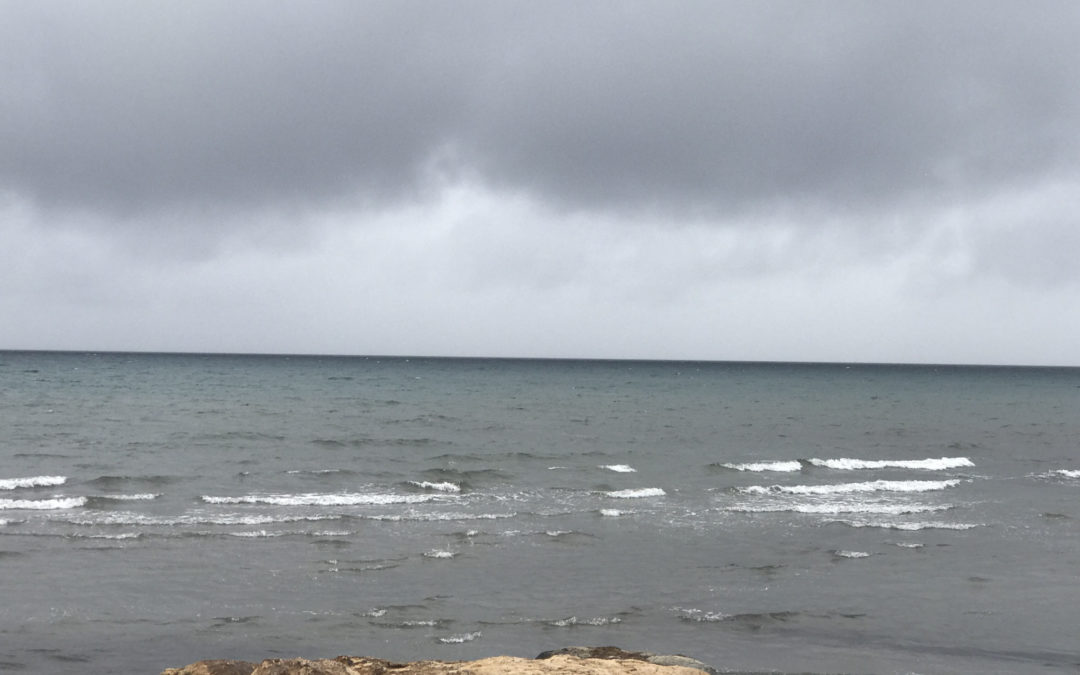
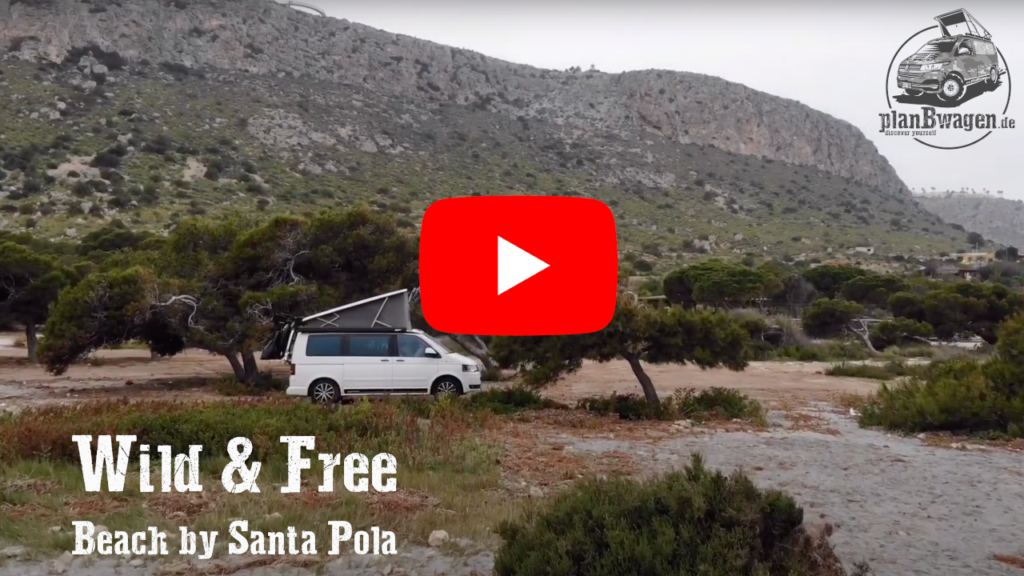
Recent Comments